
View over the Zeus Temple area. (1268k)
From the Nemea entry in Wikipedia:
Nemea is an ancient site in the northeastern part of the Peloponnese, in Greece. Formerly part of the territory of Cleonae in ancient Argolis, it is today situated in the regional unit of Corinthia. The small village of Archaia Nemea (formerly known as "Iraklion") is immediately southwest of the archaeological site, while the new town of Nemea lies to the west.
Here, in Greek mythology, Heracles overcame the Nemean Lion, and here, during Antiquity, the Nemean Games were held every two years (ending c. 235 BCE) and were celebrated in the eleven Nemean odes of Pindar.
In Greek mythology, Nemea was ruled by king Lycurgus and queen Eurydice. Nemea was famous in Greek myth as the home of the Nemean Lion, which was killed by the hero Heracles, and as the place where the infant Opheltes, lying on a bed of parsley, was killed by a serpent while his nurse Hypsipyle fetched water for the Seven against Thebes on their way from Argos to Thebes. The Seven founded the Nemean Games in his memory, according to its aition, or founding myth, accounting for the crown of victory being made of parsley or the wild form of celery and for the black robes of the judges, interpreted as a sign of mourning. The Nemean Games were documented from 573 BCE, or earlier, at the sanctuary of Zeus at Nemea.
At the temenos, the grave of Opheltes was surrounded by open-air altars and enclosed within a stone wall. The sanctuary's necessary spring was named Adrasteia: Pausanias wondered whether it had the name because an "Adrastos" had "discovered" it, but Adrasteia, the "inescapable one", was a nurse of the infant Zeus in Crete. The tumulus nearby was credited as the burial mound of his father, and the men of Argos had the privilege of naming the priest of Nemean Zeus, Pausanias was informed when he visited in the late 2nd century CE. In his time the temple, which he noted was "worth seeing", stood in a grove of cypresses; its roof had fallen in and there was no cult image within the temple. Three limestone columns of the Temple of Nemean Zeus of about 330 BCE have stood since their construction, and two more were reconstructed in 2002. As of late 2007, four more are being re-erected. Three orders of architecture were employed at this temple, which stands at the end of the Classic period and presages this and other developments of Hellenistic architecture, such as the slenderness (a height of 6.34 column diameters) of the Doric columns of the exterior. The site around the temple has been excavated in annual campaigns since 1973: the great open-air altar, baths, and ancient accommodations for visitors have been unearthed. The temple stands on the site of an Archaic period temple, of which only a foundation wall is still visible. The stadion has recently been discovered. It is notable for its well-preserved vaulted entrance tunnel, dated to about 320 BCE, with ancient graffiti on the walls.
All pictures are © Dr. Günther Eichhorn, unless otherwise noted.









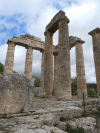




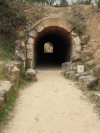




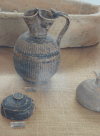
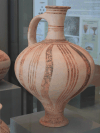
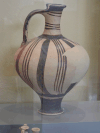

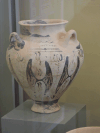
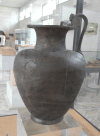


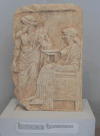

This page contains 29 pictures
Here are the links to the other main pages on Greece:
Page last updated on Thu Aug 18 15:59:34 2022 (Mountain Standard Time)
Nemea on soaring.geichhorn.com